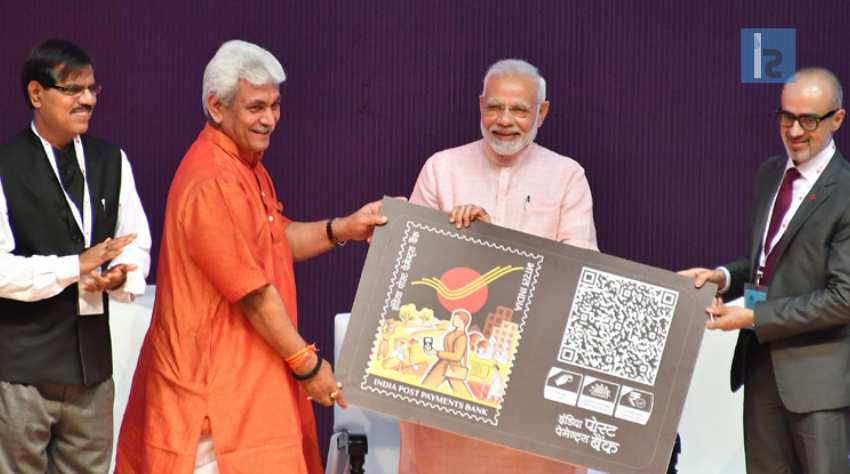India Post Payments Bank (IPPB) will be providing QR cards to their customers in order to make online transactions by using Aadhar-based information for biometric authentication.
The newly launched bank will be issuing Quick-Response (QR) cards with better biometric readers so that, customers don’t have to struggle with ATM’s passwords or PIN. The authentication will be simpler and easy to use. However, QR cards cannot be used in ATMs or as debit cards but a card-holder can withdraw cash and make online transactions.
According to various reports, on the behalf of payment banks, most of the postmen will be opening accounts for the customers in about 1.6 lakhs offices till fall of 2018. In support, the absences of ATM/Debit cards will be cost-reducing analogy for the banks and so, will allowing them to provide zero-balance accounts to the customers economically. Meanwhile, an individual can make cash withdrawal by using post office networks and can also carry out transactions with the help of bank’s mobile application or the QR cards.
“Indian Post Payments Banks will provide postal saving bank customers with a complete bouquet of banking services. In turn, postal savings bank customers will become sweep accounts for IPPB customers when the balance exceeds INR 1 lakh,” said Harish Chand Agrawal Chief Postmaster General (Maharashtra Circle), in a pre-launch press conference in Mumbai.
Insights from several reports states, along with a current account, IPPB is offering three types of savings accounts—regular, basic and digital. Yet, none of them are providing an ATM or Debit card. Besides, the bank will be accepting digital payments and will be offering various small-saving online schemes for the better good of consumers. Reports also stated that the small savings schemes include National Savings Certificate, Public Provident Fund, and Kisan Vikas Patra. Moreover, the bank is stretching its mark by providing electronic cash-on-delivery at customers’ door steps.
India Post Payments Bank to Use QR Cards Instead Of ATM/Debit Cards


